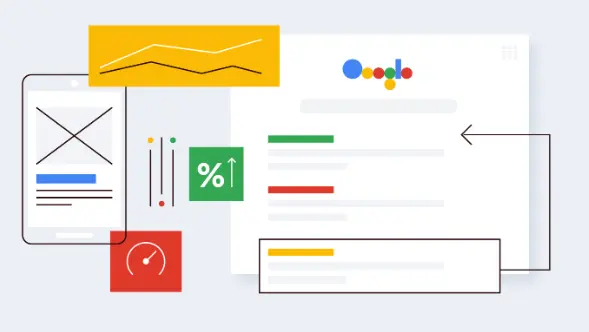On-Page SEO: The Secrets to Ranking Higher
In the ever-competitive world of online visibility, ranking high in search engine results can be the difference between booming traffic and a lonely website. That’s where on-page SEO comes in – a powerful strategy for optimizing your website’s content and structure to befriend search engines and, more importantly, attract your target audience.
Understanding the Search Engine Puzzle
Imagine search engines like detectives, crawling through webpages to understand their content and identify the most relevant for a searcher’s query. On-page SEO equips your website with the clues these detectives need to see your value and rank you accordingly.
The Two Pillars of On-Page SEO
Content is King (and Queen): At the core of on-page SEO lies high-quality, informative content that resonates with your target audience. Search engines favor websites that provide valuable answers to search queries. This includes crafting content that’s relevant to your industry, using keywords strategically, and ensuring it’s well-structured and easy to read.
Technical Tweaks for Search Engine Friendliness: Beyond content, on-page SEO involves optimizing the technical aspects of your website to make it search engine-friendly. This includes elements like:
Page Titles and Meta Descriptions: Think of these as your webpage’s shop window display. Clear, concise titles and informative meta descriptions that accurately reflect your content and include relevant keywords will entice searchers and signal relevance to search engines.
Heading Tags (H1, H2, etc.): Structure your content using headings to break it down into easily digestible sections. This improves readability for users and helps search engines understand the hierarchy of your content.
Image Optimization: Don’t forget the power of visuals! Include relevant keywords in image file names and alt tags to ensure search engines can understand what your images represent.
Internal Linking: Imagine your website as a spiderweb. Internal links connect your pages, allowing search engines to discover and understand the flow of information on your site. It also helps users navigate seamlessly through your content.
Beyond the Basics
While these are fundamental elements of on-page SEO, staying ahead of the curve involves considering additional factors like:
Mobile-Friendliness: In today’s mobile-first world, ensuring your website offers a smooth experience on all devices is crucial.
Page Speed: Search engines prioritize fast-loading websites. Optimizing images and code can significantly improve your website’s speed.
User Experience (UX): Don’t forget your human visitors! A well-organized, user-friendly website with clear navigation will keep users engaged and coming back for more.
On-page SEO is an ongoing process, requiring consistent effort and adaptation. By implementing these strategies and staying informed about the latest trends, you can unlock the power of search engines and propel your website toward the top of the search result ladder.


Comments are closed, but trackbacks and pingbacks are open.